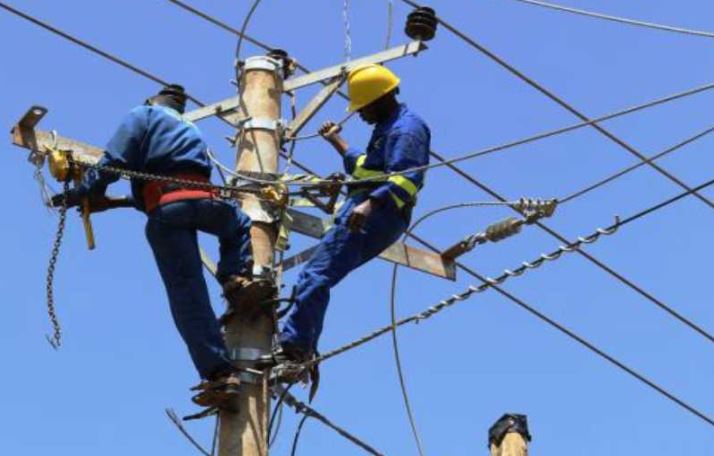Kenyans are yet to get a fifteen percent electricity power cost as had been promised by President Uhuru Kenyatta during the Jamhuri Day celebrations in December 2021.
This is after the energy sector regulator failed to sanction expected changes in tariffs. According to a report that appeared in a local daily, the Energy and Petroleum Regulatory Authority (Epra) is required to gazette the reduction in power bills, which should then be implemented by Kenya Power. This has however failed to happen.
This marks the second time that President Uhuru is making an empty promise on power cost cuts. In what shows how complicated the power sector in Kenya is, the State appears to have succumbed to the cartels and power brokers who run the sector.
President Uhuru had initially planned to cut the cost of power by 33 per cent by December 2021. The president however appeared to admit difficulties in realizing his promise during his 2021 Jamhuri Day speech when he announced that the cost of power would no longer fall by 33 per cent but by 15 per cent as at the end of December, and another 15 per cent that would by pursued by April 2022.
The reduction in consumer tariffs from an average of Sh. 24 ($0.21) per kilowatt hour to Sh. 16 ($0.14) per kilowatt hour was part of the recommendations by a 15-member Presidential Taskforce constituted to review the cost of electricity in the country as part of efforts to attract foreign direct investments (FDIs) and promote industrial growth.
The taskforce chaired by John Ngumi who is also the current chairman of the Industrial and Commercial Development Corporation (ICDC) recommended review and renegotiations with the Independent Power Producers (IPPs) to secure immediate reduction in Power Purchase Agreement (PPA) tariffs within existing contractual arrangements and cancellation of all unconcluded negotiations of PPAs and ensure future PPAs are aligned to the Least Cost Power Development Plan (LCPDP).
Everything you need to know about migrating to Canada, US, and UK
It also recommended that Kenya Power takes the lead in formulation and related PPA procurement of the LCPDP and carry out due diligence and contract management frameworks for PPA procurement and monitoring.
Kenya Power was also expected to adopt standard PPAs and proposed Government Letters of Support (LOS) along the lines of drafts provided by the taskforce and undertake a forensic audit on the procurement and system losses arising from the use of Heavy Fuel Oils.
However, the independent power producers (IPPs) who are owned by powerful institutions like the World Bank opposed unilateral push to lower the cost at which they sell electricity to Kenya Power. This pushed the government to a corner as the cost of power wouldn’t fall without the reduction of costs paid to IPPs.
In the new plan for fifteen percent cost cut plan, Kenya power was expected to reduce power theft and leakages in it’s transmission network. Kenya Power’s system losses through a confluence of power theft and leakages from the ageing transmission grid shot to 24.14 percent for the year to June, or an equivalent of Sh. 20.1 billion.

